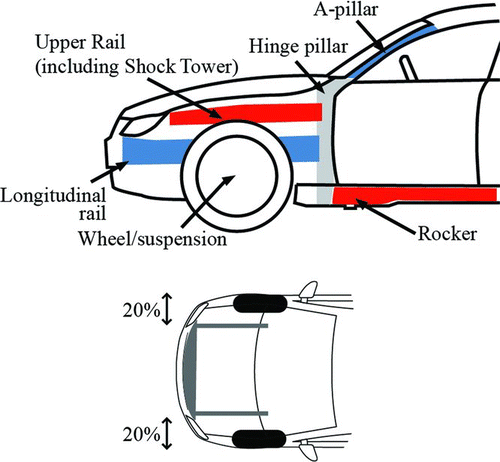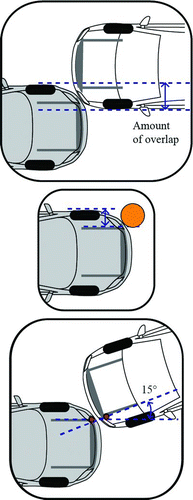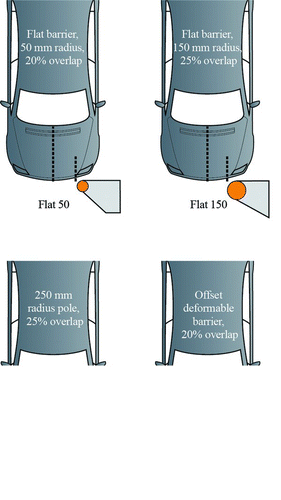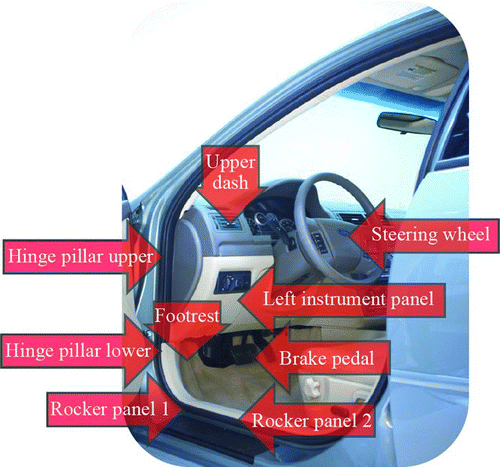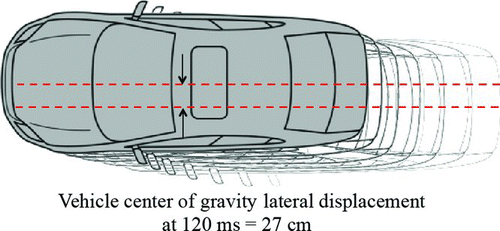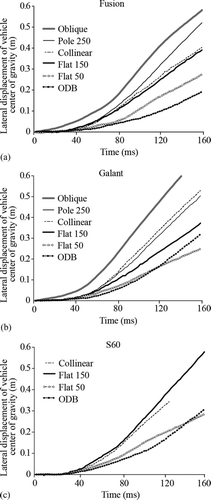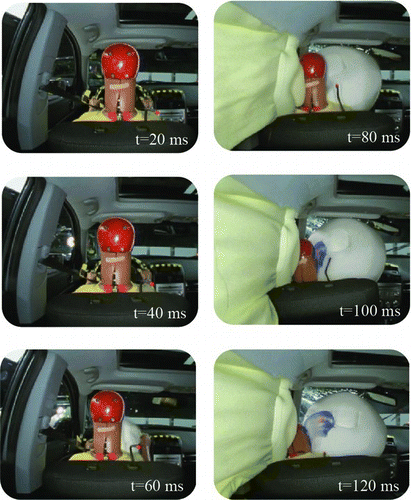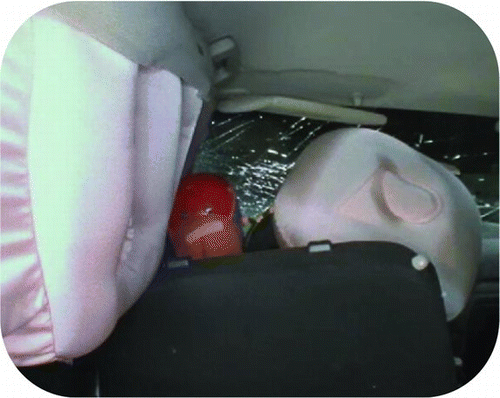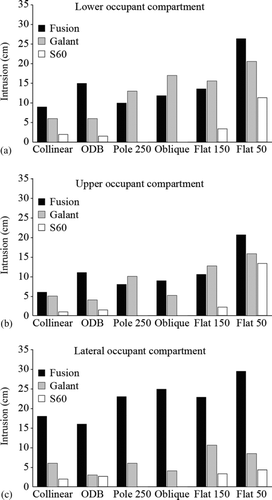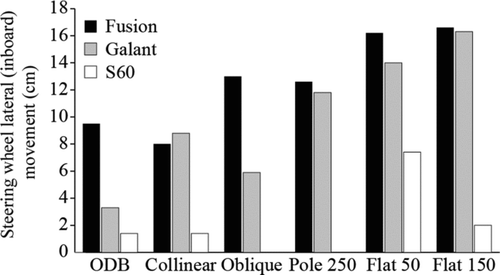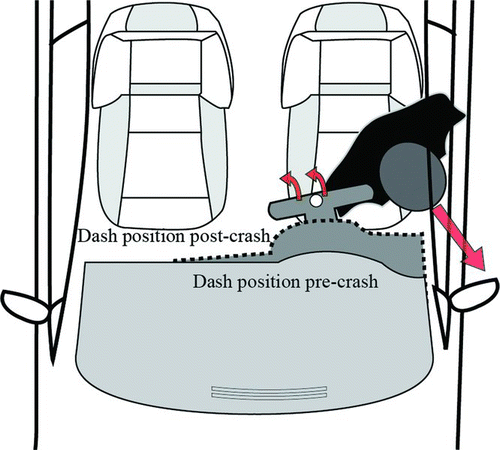Open access
3,244
Views
19
CrossRef citations to date
0
Altmetric
Original Articles
Development of a Frontal Small Overlap Crashworthiness Evaluation Test
Christopher P. Sherwood
Insurance Institute for Highway Safety, Ruckersville, Virginia
, Becky C. Mueller
Insurance Institute for Highway Safety, Ruckersville, Virginia
, Joseph M. Nolan
Insurance Institute for Highway Safety, Ruckersville, Virginia
, David S. Zuby
Insurance Institute for Highway Safety, Ruckersville, Virginia
& Adrian K. Lund
Insurance Institute for Highway Safety, Arlington, Virginia
Pages S128-S135
|
Received 18 Mar 2013, Accepted 25 Mar 2013, Published online: 01 Aug 2013
Related research
People also read lists articles that other readers of this article have read.
Recommended articles lists articles that we recommend and is powered by our AI driven recommendation engine.
Cited by lists all citing articles based on Crossref citations.
Articles with the Crossref icon will open in a new tab.
